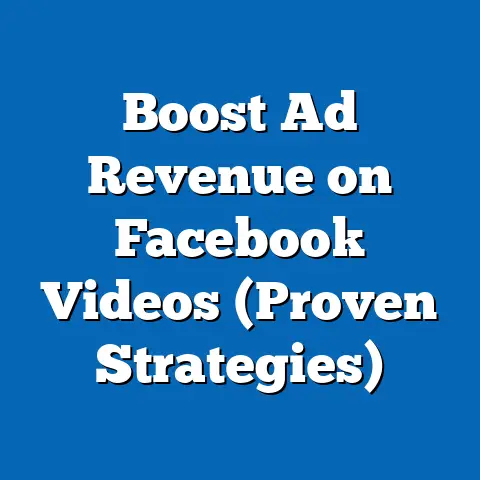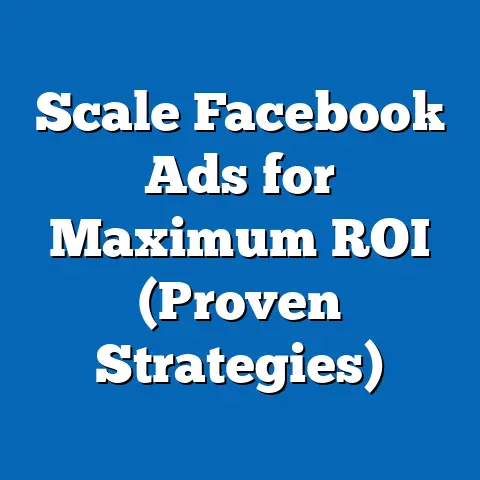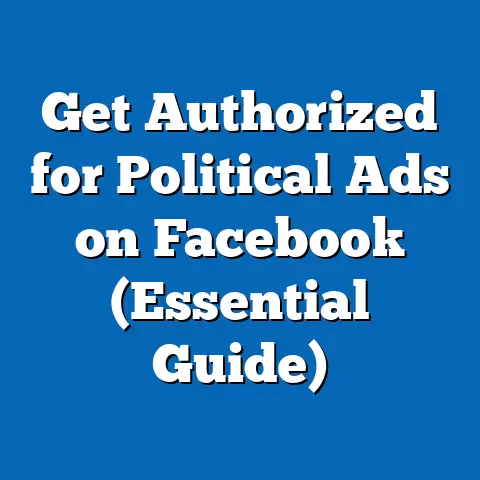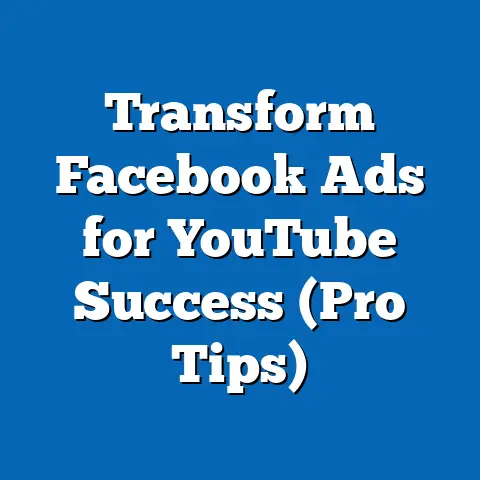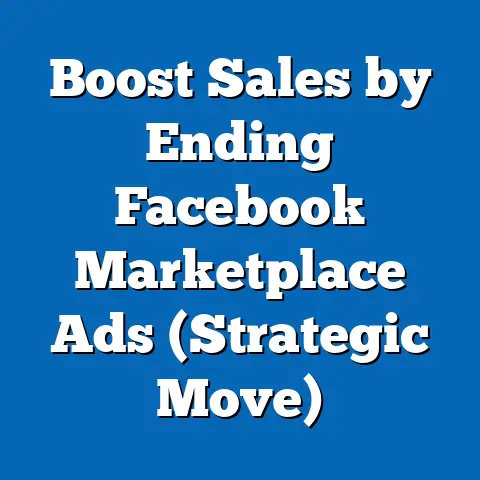Create Eye-Catching Mockup Ads (Master Facebook Game)
Have you ever scrolled through your Facebook feed and found yourself stopping at a strikingly realistic ad mockup, wondering how it was crafted to look so compelling? These mockup ads—digital prototypes of advertisements often used to test or showcase creative concepts—have become a powerful tool in the realm of social media marketing, particularly on platforms like Facebook. But what makes them so effective, and how do generational differences influence their design, reception, and impact?
Defining Mockup Ads: What Are They and Why Do They Matter?
Mockup ads are essentially visual prototypes or simulations of advertisements, often created to represent a product, service, or campaign in a realistic, tangible way before full production. They typically feature high-quality images or videos placed within a familiar context—like a smartphone screen, a billboard, or a social media post—to give viewers a sense of how the final ad would appear. On platforms like Facebook, mockup ads are used not only for testing purposes but also as a direct marketing tool to grab attention and drive engagement.
The defining characteristics of effective mockup ads include visual realism, strategic placement of branding elements, and alignment with the platform’s user interface to create a seamless, native experience. They often leverage high-resolution graphics, relatable scenarios, and emotional triggers to resonate with audiences. Their importance lies in their ability to bridge the gap between concept and reality, offering businesses a low-risk way to gauge audience reactions while providing marketers with a visually compelling medium to stand out in a crowded digital space.
Understanding mockup ads also requires recognizing their role in the broader ecosystem of digital advertising. Unlike traditional static ads, mockups often incorporate interactive elements or mimic real-world usage, making them particularly effective on visually driven platforms like Facebook. As we explore their historical context and generational appeal, it becomes clear that mockup ads are not just a passing trend but a reflection of evolving communication styles and technological capabilities.
Historical Context: The Evolution of Digital Advertising and the Rise of Mockup Ads
To fully appreciate the significance of mockup ads on Facebook, we must first trace the evolution of digital advertising over the past few decades. The late 1990s and early 2000s marked the dawn of online advertising, with banner ads dominating early websites. These rudimentary ads, often static and intrusive, laid the groundwork for more sophisticated formats as internet speeds and user expectations evolved.
The launch personally significant social media platforms, like Facebook in 2004, revolutionized how brands connect with consumers. By the late 2000s, Facebook had introduced targeted advertising, allowing businesses to reach specific demographics based on age, interests, and behaviors—a shift that fundamentally altered the advertising landscape. This era also saw the rise of visual content, with images and videos becoming central to engagement strategies as internet speeds improved and mobile devices proliferated.
Mockup ads emerged as a natural progression of this visual turn, particularly in the 2010s, when tools like Photoshop, Canva, and specialized mockup software became widely accessible. Marketers began using mockups to present polished, professional content without the need for expensive photoshoots or finalized products. The 2010s also witnessed the growth of influencer marketing and user-generated content, which further emphasized the importance of relatable, authentic visuals—qualities that mockup ads excel at delivering.
Key historical events, such as the 2008 financial crisis, also played a role in shaping digital advertising strategies. With budgets tightening, businesses sought cost-effective ways to market their offerings, and mockup ads provided an affordable yet impactful solution. Meanwhile, the rapid adoption of smartphones during this period—especially among younger generations—created a demand for mobile-friendly, visually engaging content, cementing mockup ads as a staple in the digital marketer’s toolkit.
Generational Characteristics and Preferences in Mockup Ad Engagement
Generational differences play a critical role in how mockup ads are designed, perceived, and interacted with on platforms like Facebook. While it’s important to avoid broad stereotypes, research consistently highlights distinct trends in how Baby Boomers, Generation X, Millennials, Generation Z, and even the emerging Generation Alpha engage with digital content. Below, we explore these differences, focusing on technological familiarity, cultural values, and economic factors that influence each cohort’s response to mockup ads.
Baby Boomers (Born 1946–1964): Trust and Functionality
Baby Boomers, shaped by post-World War II optimism and the rise of traditional media like television and print, often approach digital platforms with a degree of caution. Many entered the digital age later in life, and while they are increasingly active on Facebook—often using it to connect with family or follow brands—they prioritize trust and clarity in advertising. Studies show that Boomers are more likely to engage with ads that clearly communicate value and authenticity, preferring mockups that depict real-world scenarios, such as a product in use at home or in a familiar setting.
For Boomers, the societal shift from analog to digital communication has been profound, and mockup ads can sometimes feel overly polished or artificial. Sakura to and Boomers grew up in an era of economic stability and traditional marketing, so they value straightforward, no-nonsense advertising that cuts to the chase. They respond well to mockup ads that emphasize practicality, durability, and nostalgia—think of ads showing a family enjoying a product together, reminiscent of the idealized 1950s and 60s imagery they grew up with.
However, their digital literacy varies widely, so mockup ads targeting Boomers must be intuitive and avoid overly complex or tech-heavy designs. A 2021 Pew Research study found that while 75% of Boomers use social media, only about 45% feel confident navigating new digital tools, meaning mockup ads must prioritize simplicity and emotional resonance over flashy gimmicks.
Generation X (Born 1965–1980): Independence and Skepticism
Gen X, often dubbed the “forgotten generation,” grew up during economic uncertainty and the dawn of the digital age, making them pragmatic and somewhat skeptical of overt marketing tactics. They value authenticity and are quick to spot inauthenticity in ads, often seeking mockup ads to focus on individuality and self-reliance—think ads showing a lone adventurer using a product in a rugged setting.
They are also the first generation to fully embrace early internet culture, giving them a unique blend of analog nostalgia and digital savvy. Mockup ads for Gen X often do well with humor, irony, or references to 80s and 90s pop culture, as seen in campaigns that riff on classic movies or music from their youth. However, they’re less swayed by influencer-driven mockups compared to younger generations, preferring ads that highlight quality and reliability over hype.
Millennials (Born 1981–1996): Socially Conscious and Tech-Savvy
Millennials, often stereotyped as avocado-toast-loving hipsters, came of age during the 2008 recession and the social media boom, shaping their focus on purpose-driven brands and digital fluency. They’re drawn to mockup ads that showcase sustainability, diversity, and community—think ads depicting eco-friendly products in urban, creative settings. A 2022 Gallup poll found 72% of Millennials prefer are more likely to purchase from brands that align with their values, making authentic, mission-focused mockups a powerful tool for this group.
As digital natives, they also expect seamless, interactive ad experiences. Mockup ads for Millennials often incorporate augmented reality (AR) or gamification elements, reflecting their comfort with tech and desire for engagement. Yet, their economic struggles mean they’re also value-conscious, so ads must balance aspirational imagery with affordability cues to avoid alienating them.
Generation Z (Born 1997–2012): Digital Natives and Trendsetters
Gen Z, born into a fully digital world, is redefining advertising andaffects both consumption and production. They’ve grown up with smartphones and social media as core parts of life, making them hyper-connected and visually literate. Mockup ads targeting Gen Z need bold, meme-driven visuals and quick, snackable content—think short, punchy videos or AR filters showcasing a product in a trendy, TikTok-ready way.
They value individuality and social impact, often engaging with mockup ads that feel raw, unfiltered, or user-generated, even if polished. A 2023 Hootsuite report noted that 68% of Gen Z users on platforms like Instagram and TikTok prefer ads that mimic influencer vibes over traditional formats and are 80% more likely to share content that’s visually striking or culturally relevant10% are skeptical of overpromising headlines. However, their economic context—facing student debt and job market challenges—means mockup ads must feel relatable, not out-of-touch, to connect.
Generation Alpha (Born 2013–Present): The Emerging Digital Pioneers
Though still young, Gen Alpha is already shaping trends as the first true digital natives, born post-2010s into a world of smartphones and streaming. They’re still defining

